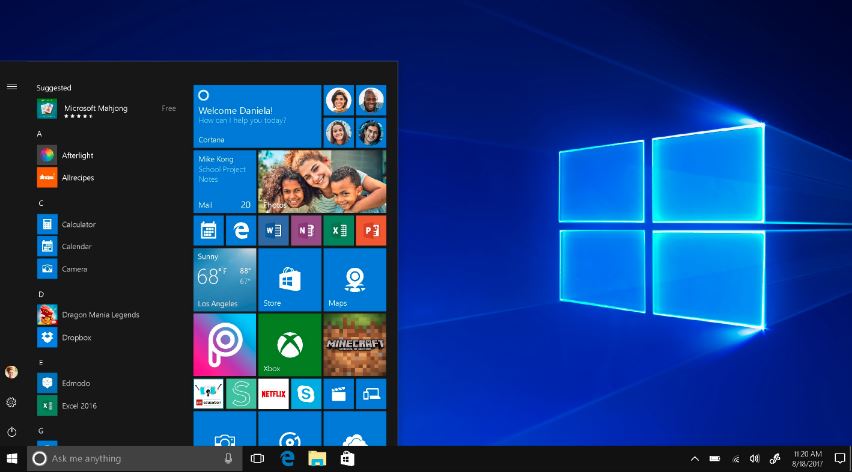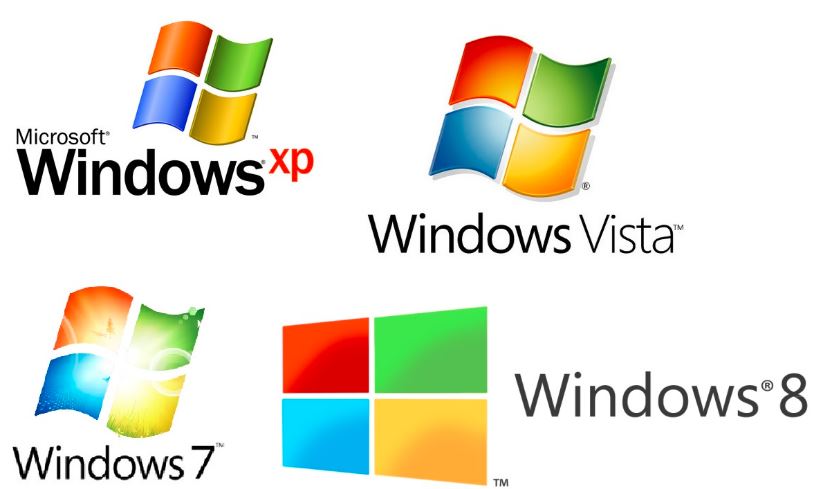Windows Operating System Versions
The Windows operating system Versions (Windows OS) is a collective term for a series of operating systems developed by Microsoft Corporation. From 1985 up to the current day, we take a look at the history of the Windows operating system from 1985 to the present day.
Microsoft Windows is the more official name for the Windows operating system Versions (Windows OS) for desktop personal computers. Windows Operating System Versions OS is actually a series of operating systems specifically designed for personal computers.
The world of personal computers has long been dominated by Windows, which is responsible for operating more than 75 percent of all personal computers, according to some estimates. Beginning in the early 2000s, the prominence of the Windows operating system has decreased as a result of the expansion of the Linux and Mac operating systems.
Windows Operating System Versions will offer features such as the graphical user interface (GUI), virtual memory management, multitasking, and compatibility for a wide variety of peripheral devices. Microsoft offers operating systems not only for desktop computers but also for servers and mobile devices.
Furthermore, the Microsoft Office productivity suite relies heavily on Windows as its foundation. In 1990, Microsoft Office was first released as a series of software programs for desktop computers that were exclusively compatible with Windows Operating System Versions. Since then, it has expanded to become the most commonly used office suite in the world. According to windowscentral.com, there are more than 1.2 billion users of Office worldwide as of 2016.
Microsoft Windows Operating Systems for PCs
A brief history of the Microsoft Windows Operating System Versions (MS-DOS) and Windows, both of which were built for personal computers (PCs), is shown here.
MS-DOS – Microsoft Disk Operating System
Release date: August 12, 1981
Cost: US$50,000
The Microsoft Operating System (MS-DOS) was the primary operating system for personal computers that were compatible with IBM. Microsoft initially developed it exclusively for IBM. The first versions of DOS were quite straightforward and resembled CP/M, which was a different operating system on the market. As a result, subsequent versions have become more complex due to the incorporation of features that are characteristic of minicomputer operating systems.
1. Windows 1.0

Release date: November 20, 1985
Cost: $99 USD
2. Windows 2.0

Release date: December 9, 1987
Cost: $100 USD
3. Windows 3.0

Release date: May 20, 1990
Cost: $149.95 USD new; $79.95 USD upgrade
4. Windows NT 3.1 – 4.0

Release date: July 27, 1993
Cost: 495 USD new; $295 USD upgrade
5. Windows 95

Release date: 24 August 1995
Cost: $209.95 USD new; $109.95 USD upgrade
6. Windows 98

Release date: June 25, 1998
Cost : $209.95 USD
7. Windows 2000

Release date: 17 February 2000
Cost : $149 to $319
8. Windows Millennium Edition (ME)

Release date: June 19, 2000
Cost : $209 USD new; $109 USD upgrade
9. Windows XP

Release date: 25 October 2001
Cost :
Professional: $299 USD new; $199 upgrade
Home: $199 USD new; $99 USD upgrade
10. Windows Vista

Release date: 30 January 2007
Cost :
- Home Basic: $199 USD new; $99.95 USD upgrade
- Home Premium: $239 USD new; $159 USD upgrade
- Business: $299 USD new; $199 upgrade
- Ultimate: $399 USD new; $259 USD upgrade
11. Windows 7

Release date: 22 October 2009
Cost :
- Home Premium: $199.99 USD new; $119.99 USD upgrade
- Business: $299.99 USD new; $199.99 upgrade
- Ultimate: $319.99 USD new; $219.99 USD upgrade
12. Windows 8

Release date: October 26, 2012
Cost :
- Windows 8: $119.99 USD
- Windows 8 Pro: $199.99 USD
13. Windows 10

Release date: 29 July 2015
Cost :
- Windows 10 Home: $139 USD
- Windows 10 Pro: $199.99 USD
- Windows 10 Pro for Workstations: $309 USD
14. Windows 11

Release date: 5 October 2021
Cost : Free (for Windows 10 users)
Read also : Concept Of OSI Models, What are the 7 Layers of the OSI Models? (Lession- 24)

Hi, I’m Narinder Kumar, founder of BlogsBuz.com. I create articles and generate celebrity biographies, providing verified, up-to-date content. As an SEO expert and online tools creator, I also share practical tips on making money online, finance management, blogging, and passive income. My mission is to provide accurate information and keep you away from fake content, ensuring you stay well-informed and make smart decisions online.

